The Evolution of Biomedical Engineering
STEMe
DECEMBER 2, 2022
Hyattsville, MD Biomedical Engineering is the interfusion of medicine, biology and engineering. It is a very diverse field and the range of what can be done with or considered biomedical engineering is vast. Biomedical Engineering is not new like what some may expect. Choi, 2007).

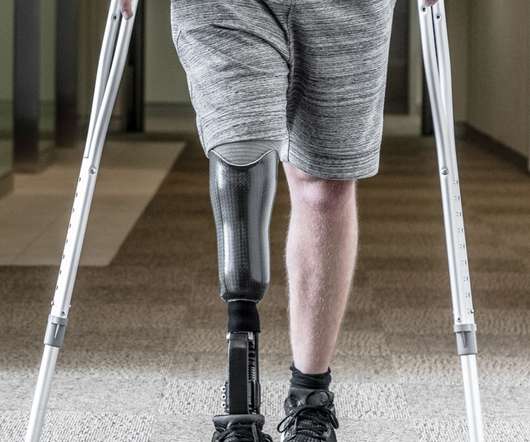
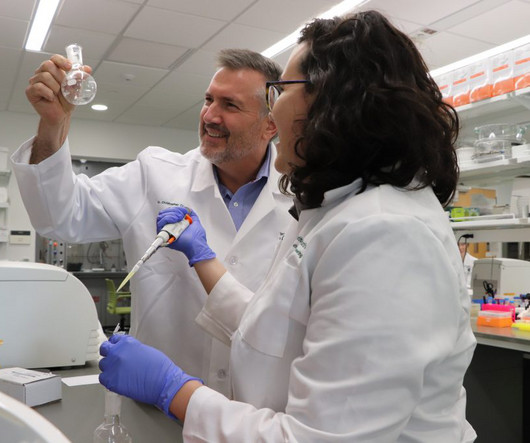
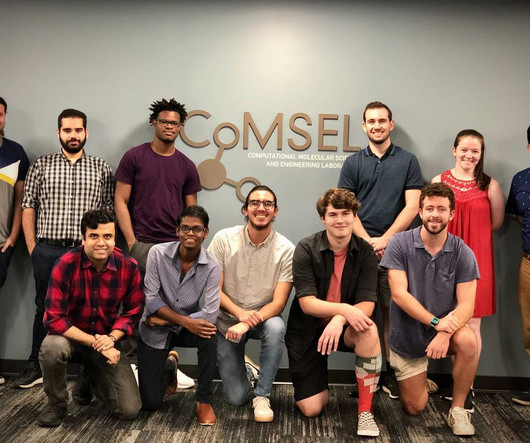
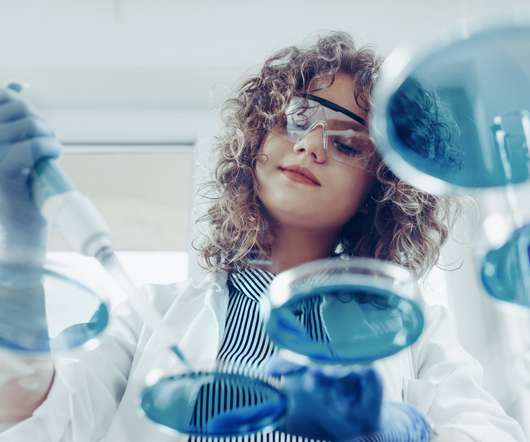
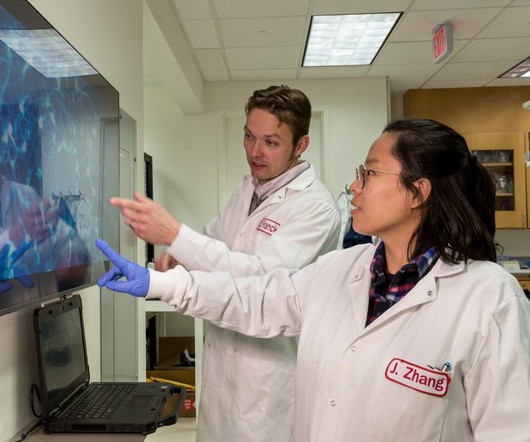
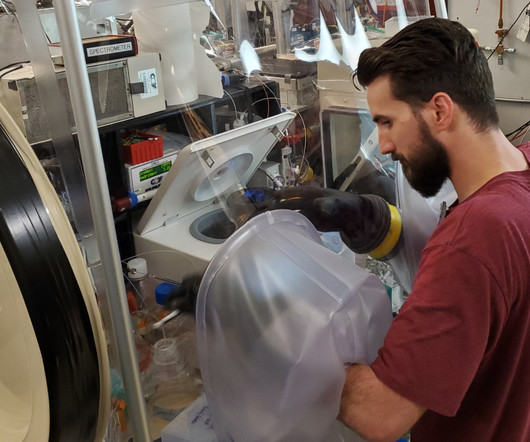
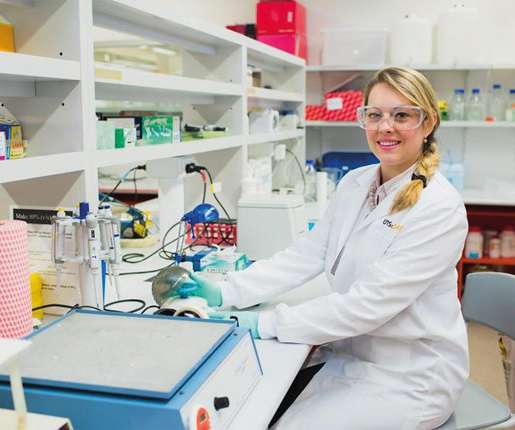
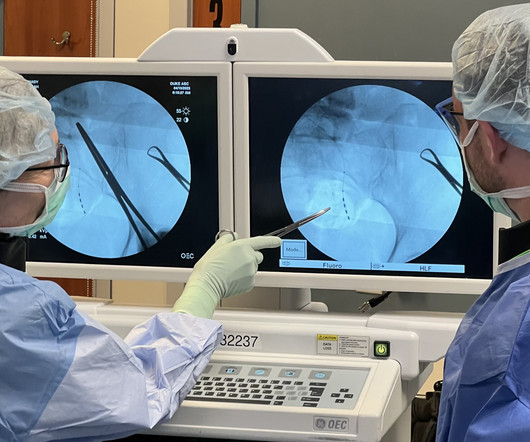







Let's personalize your content